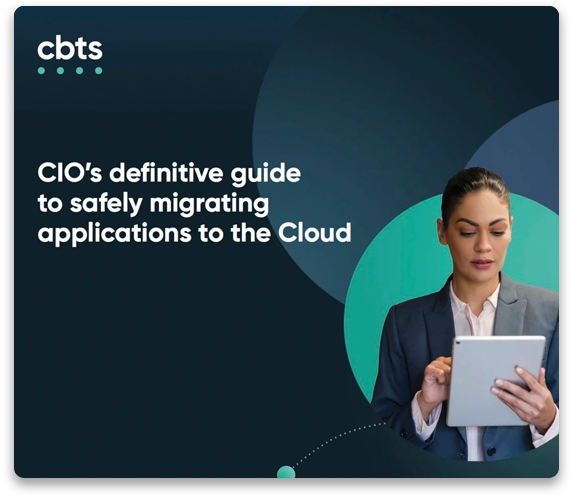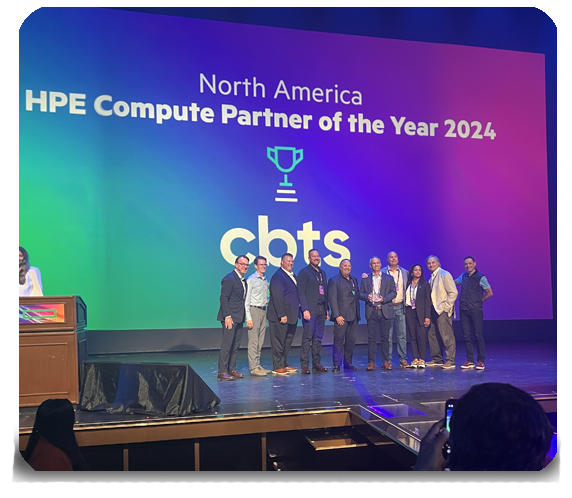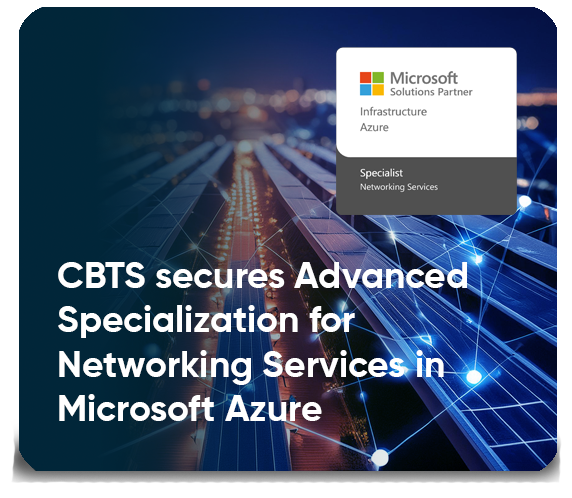
In the restaurant business, customer data is increasingly making the difference between success and failure. As diners become more accustomed to getting what they want when they want it and new food trends emerging on a regular basis, restaurateurs who can quickly deliver the latest made-to-order fare hold a distinct advantage over those who do not.
Recently, a restaurant chain with more than 100 locations across the Midwest approached CBTS about unifying its widely disparate network infrastructure under a single vendor. The company had just deployed a new POS and ERP solution and it became clear that managing connectivity at each location and conducting billing operations separately was leading to poor performance and inadequate customer experiences.
To optimize workflows, the company required a number of things from its wide area network:
- A hosted Unified Communications solution that handles both voice and data
- Rapid, dynamic scalability and optimized resource consumption
- Cloud-based management
- Rapid, seamless deployment
- Access to rural locations with limited communications infrastructure
- Built-in disaster recover
In the end, the company chose an advanced SD-WAN solution provided a service managed by CBTS. This delivers a number of key advantages in addition to the ones listed above.
First, as a managed service, it allows the company to offload day-to-day management of the network from its three-person IT staff to our team of experienced professionals. Not only does this all but eliminate the substantial travel needed to address network problems in person, it preserves the ability for internal IT to step in and make changes when necessary, which typically involve alterations related to higher-level, strategic objectives rather than the mundane tasks of resource provisioning and traffic management.
Network visibility leads to improved resource allocation
The keys to this level of functionality are the end-to-end visibility and advanced orchestration capabilities that are implemented as core assets of the system. With these tools in place, technicians are able to perform deep-dive analytics into network conditions to assess traffic flows and troubleshoot problems generated not only by faulty network components but by poor coordination between multiple components, something that single-system monitoring solutions often fail to catch. At the same time, the system has the ability to automatically adjust resource allocation and other attributes to ensure optimal performance at the lowest cost.
This is a dramatic improvement over the patchwork infrastructure previously deployed on the company’s dedicated T1 network. No longer is it necessary to provision enough resources to cover peak loads only to let them sit idle at other times. With proper management and resource allocation, consumption can be tied directly to workload levels, allowing the company to maintain broadband connectivity from local providers for about $70 to $80 per line, rather than $1,500 per line under a traditional infrastructure. With the money saved, in fact, the company was able to implement an entirely new phone system, including all new switches and a managed Wi-Fi platform.
High speed connectivity delivers reliability
This same solution also provides high-speed connectivity across all telecommunications infrastructure. Regardless of whether a site is located in the heart of a city or out in the countryside, users benefit from flexible broadband service with high levels of availability and top-flight applications. In addition, this provides a high level of redundancy between sites. Should one location lose voice service, for instance, it can be automatically failed over to a nearby site and then just as easily restored once the issue has been isolated and corrected.
SD-WAN transforms the restaurant business
Like any business in the digital age, restaurants need to become leaner and meaner by driving out inefficiency from their supply and delivery operations that, in turn, will provide increased profitability from tighter margins. The first step in this conversion is upgrading IT infrastructure to state-of-the-art virtual cloud-based environments, but it will also require a change in business processes, the workforce and perhaps the business model itself.
From a networking perspective, SD-WAN provides the foundation on which all other advanced digital ecosystems can be built, and it can do so at lower cost and with fewer management headaches than traditional infrastructure.
Contact us today for more information on how CBTS can improve your wide area networking.




















